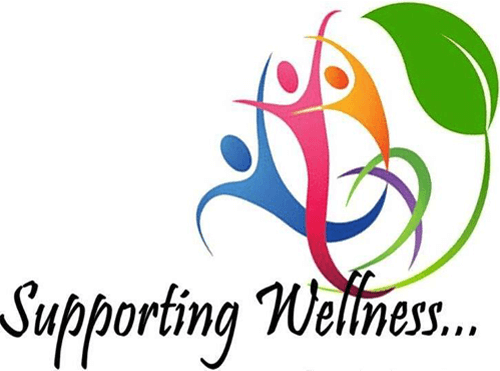
Whenever my clients discover that I was previously a family physician before becoming a therapist, they would always ask why I switched careers. The answer is typically complicated, but I usually simplify it by saying that I am drawn to human connection. I have a deep curiosity for it. There is so much research to show that we are wired for it.
Several psychological theories and recent research have shown that not only are we wired for connection, but it also affects our health. Being and feeling connected have been shown to have positive effects on our blood sugar levels, cancer recovery, cardiovascular challenges, depressive symptoms, and overall mental health. On the other hand, Isolation has been shown to worsen the symptoms of depression and increase anxiety. As a therapist, I typically encourage my clients to increase their social connections as it is a proven way to improve our mental health.
Given that the benefits of connection are apparent, why do human beings struggle significantly with building authentic, deep, and lasting connections? The kind where another human being sees you, reasonably understands you and accepts you for who you are.
How many of us have that? I believe that one of the things that stand in the way of genuine connection is SHAME. According to Brené Brown, a researcher at the University of Houston, “shame is an intensely painful feeling or experience of believing that we are flawed and therefore unworthy of love and belonging.” Theisen-Womersley suggests that shame stains the very essence of the self. To truly visualize shame, I would invite you to imagine yourself walking around with a sparkly white shirt that exudes brilliance. I would also like you to imagine that a part of you believes that this shirt smelled like a skunk”. How would you behave? You would probably change the shirt, right? Me too!
What if you thought it was YOU who smelled like a skunk and that the stink was permanent? What would you do then? Would you stay away from places and people with a potential for connection? If you saw people laughing, would you think they were laughing because of the imagined smell? How would you react if someone complimented you? Would you doubt them? Or maybe you are the type that would walk around wholly expecting people to perceive this imagined smell but then act like you did not care. Would you be unkind to people because you already know they would reject you and your imagined smell? This is how shame operates.
According to Brené Brown’s research, it is the most prominent emotion that we feel as humans capable of connection. It causes us to suffer because we believe that something is wrong with us and there is nothing we can do about it. So if we desire connection, how do we deal with shame? We name it! Name your imagined stain. Ugly? Dumb? Unintelligent? Stupid? Bad? Not good enough? Poor? What is your perceived stain? After you name it, Brené suggests that you douse it with lots of empathy. This requires a lot of courage. The courage to share your skunky flavours with those who have earned it so they can see it and share theirs with you. If you have not figured it out yet, when we all bring our “stinks” to the table and welcome them with empathy, we create a community of stinkers a community of humans.
References
Theisen-Womersley, G. (2021). Working with Shame and Trauma. In Trauma and
Resilience Among Displaced Populations (pp. 209-232). Springer, Cham.
Martino, J., Pegg, J., & Frates, E. P. (2017). The connection
prescription: using the power of social interactions and the deep desire
for connectedness to empower health and wellness. American Journal of
Lifestyle Medicine, 11(6), 466-475.
Warm regards,
